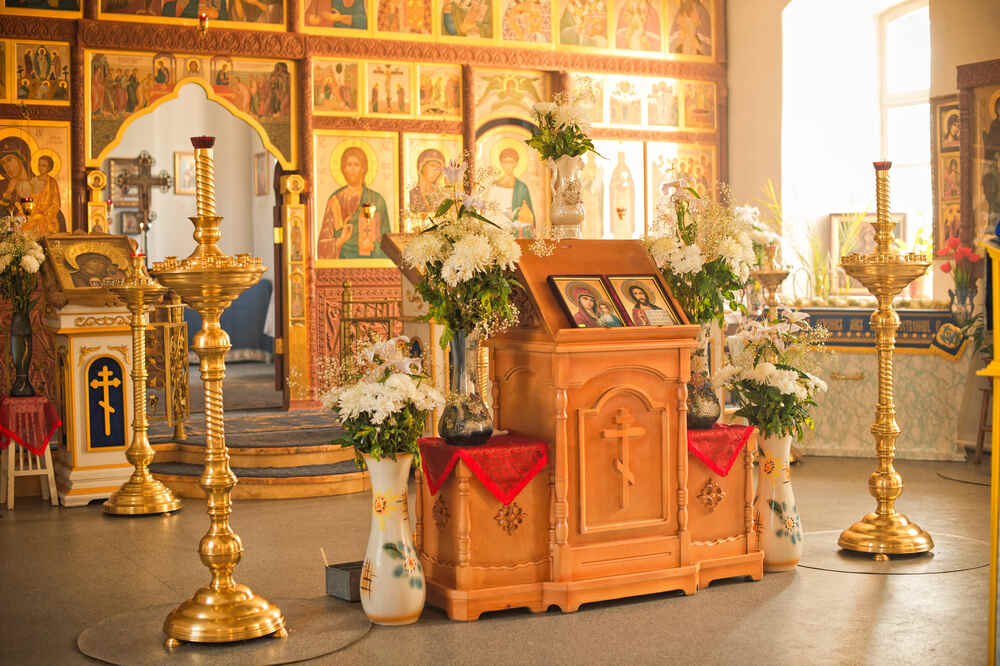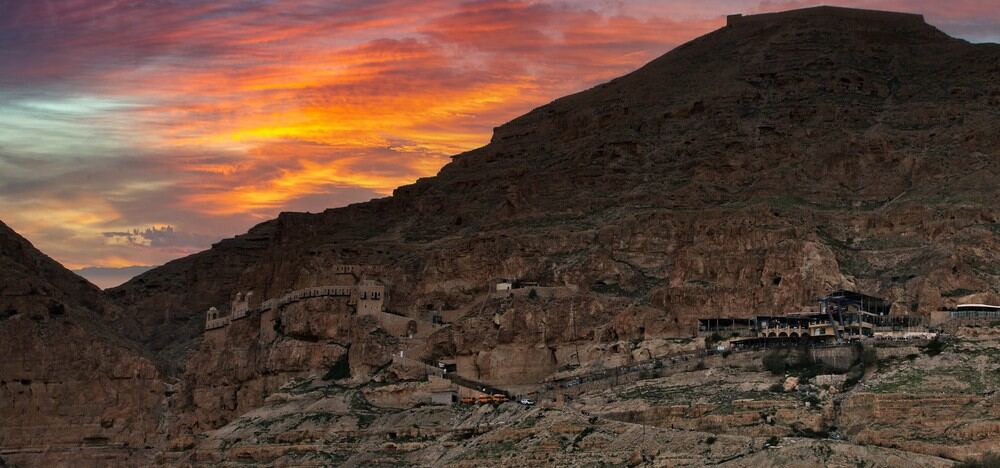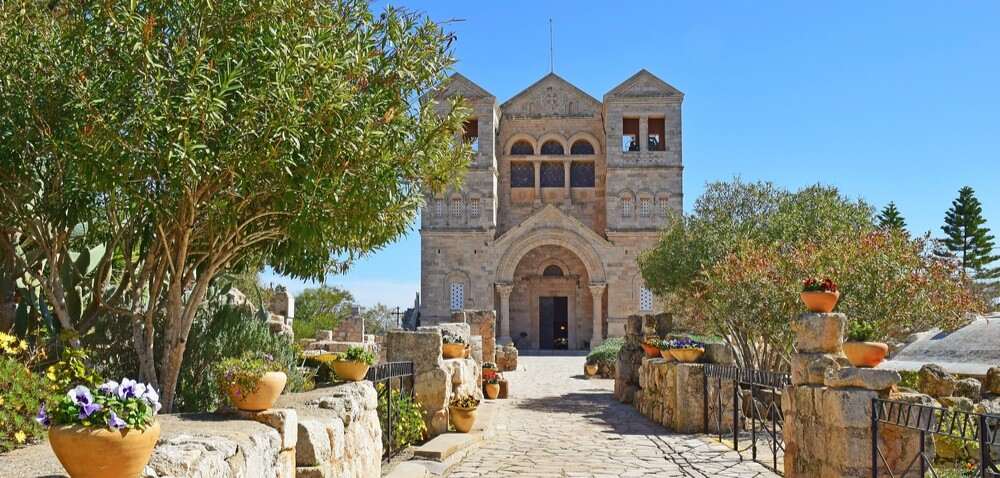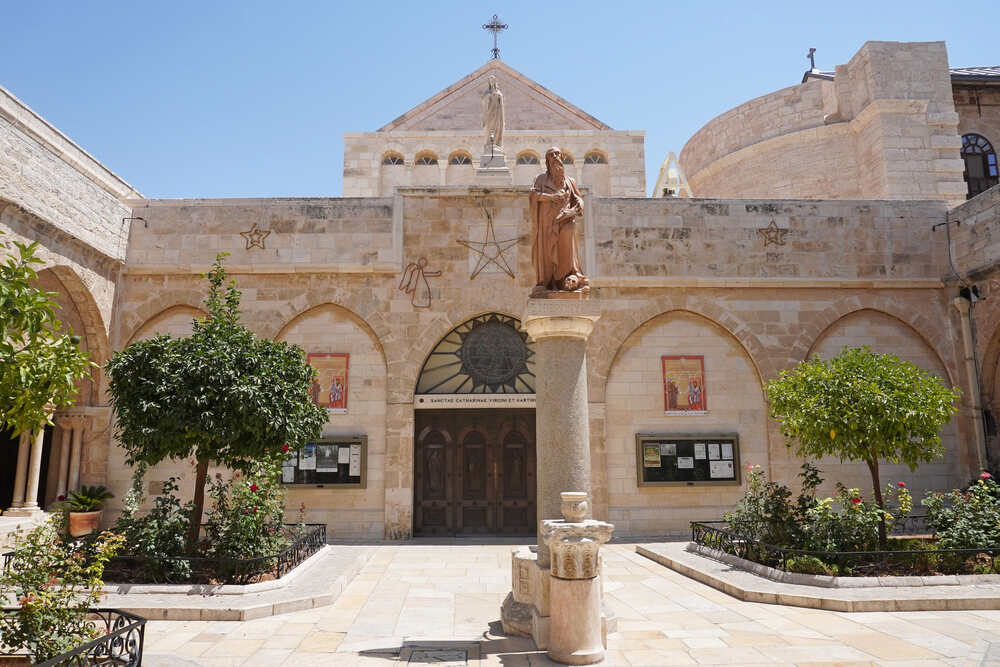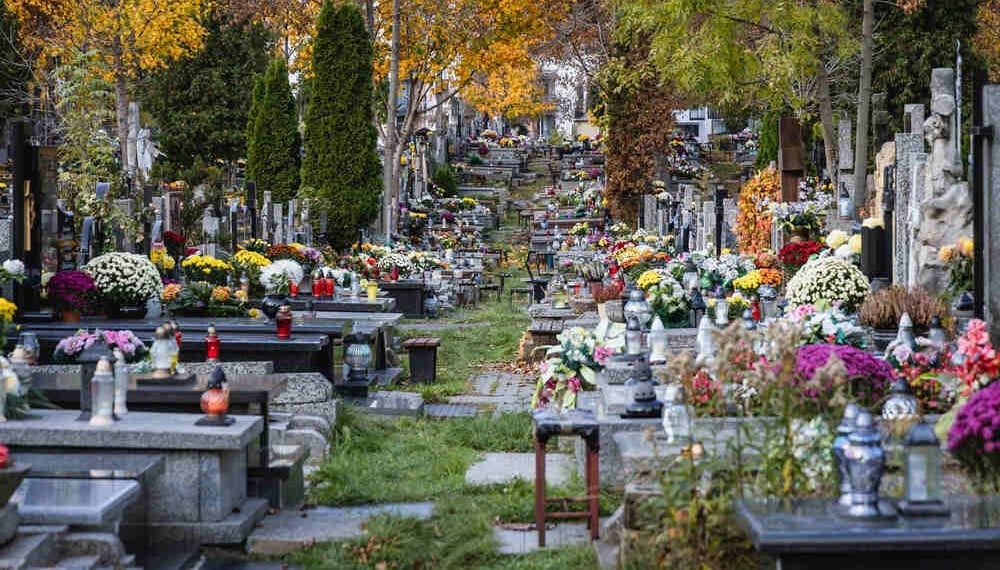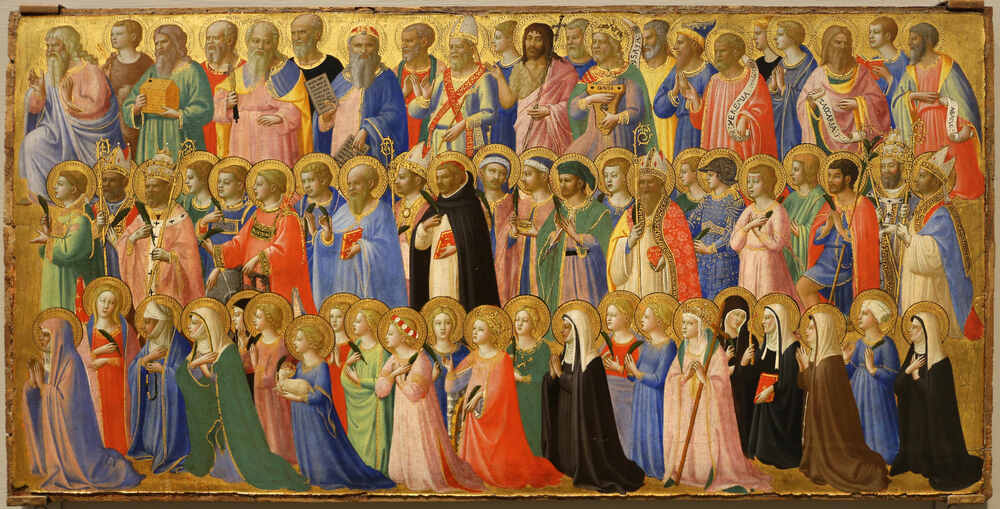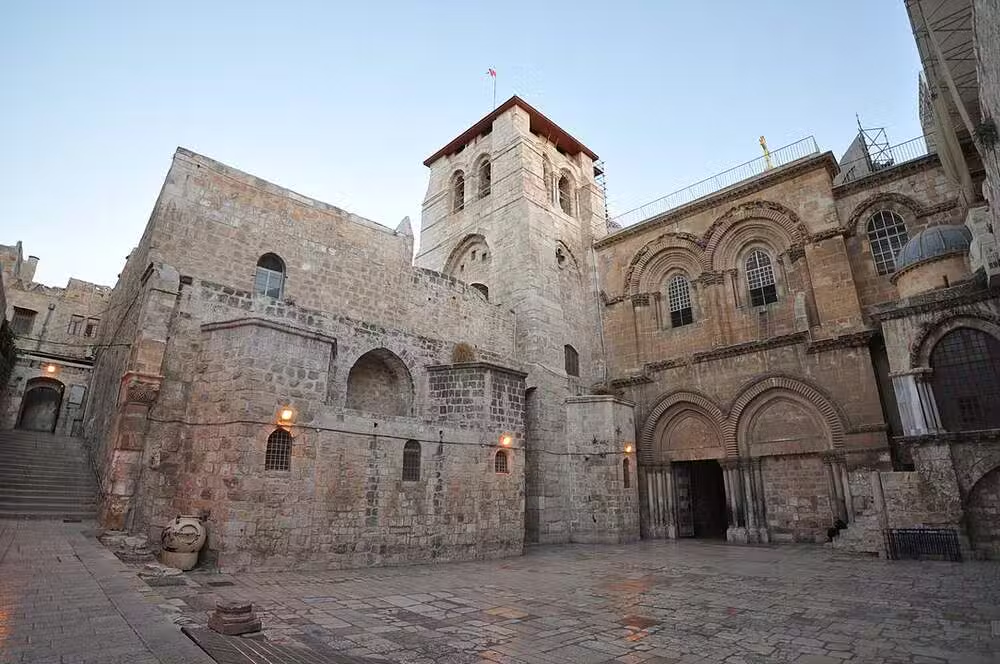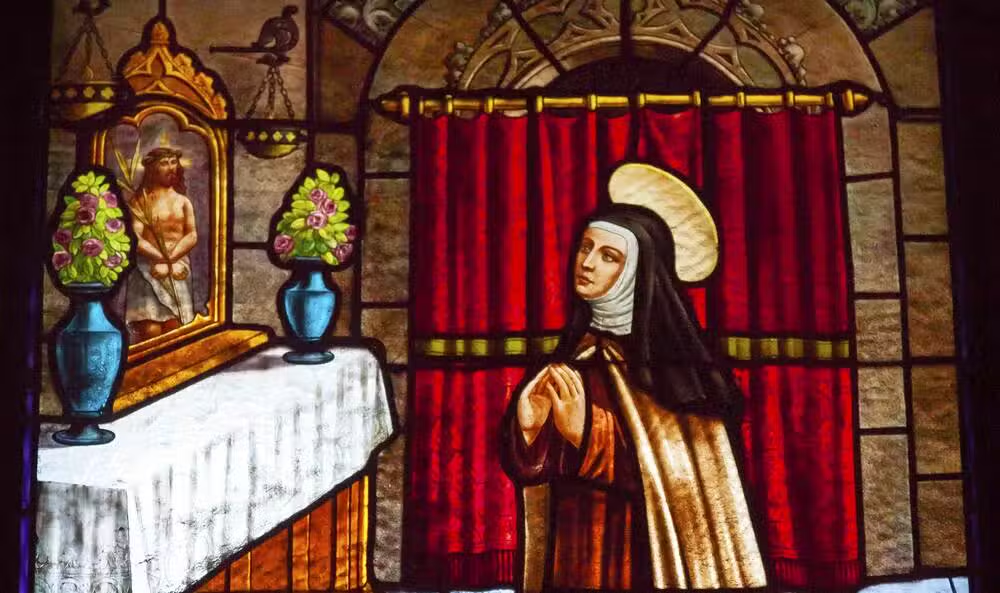From the earliest centuries, Eastern Christians developed their own distinctive and beautiful ways of celebrating the liturgy. In cities such as Jerusalem, Antioch, and Constantinople, liturgical traditions emerged that, while different in expression, all convey the same faith.
The Byzantine Rite, also known as the Constantinopolitan or Greek Rite, is the most widespread in the East. It developed in the ancient city of Byzantium (Constantinople), capital of the Eastern Roman Empire. Later, it spread to various regions, including Greece, Russia, Ukraine, and other areas of Eastern Europe. It is used by Eastern Catholics and Orthodox Christians.
This article offers seven keys to help you appreciate the richness, beauty, and spiritual depth of the Byzantine Rite.
You can use the Catholic Mass Times app to find the nearest Catholic church with Mass, Confession, and Adoration schedules. It will surely be useful! Download it now.
1. Shaped by St. Basil and St. John Chrysostom
The Byzantine Rite grew out of the Antiochene Rite, originally attributed to St. James the Less.
In the 4th century, St. Basil the Great reformed the Antiochene Rite for the Church in Caesarea. He shortened what had become an overly long liturgy to encourage fuller participation by clergy and laity, and he introduced psalmody into the Divine Office. This became the foundation for what we now call the Byzantine Rite.
Later, St. John Chrysostom further revised Basil’s liturgy, producing a shorter and more accessible form. This is the version most commonly celebrated today in both the Orthodox and Eastern Catholic Churches. His reforms included simplifying certain prayers, abbreviating sections, and removing prayers for penitents.
2. The Divine Liturgy: The Byzantine Rite’s Eucharist
The Divine Liturgy is the Eucharistic celebration of the Byzantine Rite, roughly equivalent to the Mass in the Roman Rite. Unlike the Roman tradition, there is no single comprehensive book like the Missal or Breviary; the liturgy is distributed across several books. It is characterized by incense, processions, and above all, chanting.
The faithful remain standing for approximately 90% of the Divine Liturgy, making deep bows instead of kneeling.
The Divine Liturgy unfolds in three main parts:
- Prothesis:
The ritual preparation of the bread (leavened bread, called “prosphora”) and the wine.
- Liturgy of the Word:
Includes readings from the Scriptures (prophet, apostle, gospel) and the homily. It closes with the litany prayer and dismissal of the catechumens and penitents.
- Liturgy of the Eucharist:
This is the culminating part. It begins with prayers for the faithful, followed by the dramatic “Great Entrance”, a solemn procession where the prepared bread and wine are carried from the prothesis to the Holy Table (altar).
The central part is the Anaphora (Eucharistic Prayer or Canon), which includes a prologue, psalms, commemoration of the life of Christ and the Last Supper, and the Consecration.
A distinctive feature is the Epiclesis, the explicit invocation for God to send the Holy Spirit to transform the gifts of bread and wine into the Body and Blood of Christ.
The Anaphora concludes with a great prayer of intercession for all the living and the dead (Diptychs), the Our Father and, finally, the elevation, fraction, and distribution of Holy Communion.
The Divine Liturgy ends with a prayer of thanksgiving, a final blessing, and the distribution of blessed bread (antidoron).
The Eucharist is received with a spoon, in both species, and standing. Babies also receive communion , as they are considered fully initiated members of the Church from baptism.
Four principal Divine Liturgies are celebrated:
- The Divine Liturgy of Saint John Chrysostom:
Used on most days of the year and as an evening liturgy on the Annunciation.
- The Divine Liturgy of Saint Basil the Great:
Celebrated on the five Sundays of Lent (the Great Fast), on the feast of Saint Basil (January 1), on the vigil of Christmas and Epiphany, Holy Thursday, and Holy Saturday. Also, by tradition, on the feast of the Exaltation of the Holy Cross (September 14). It is celebrated ten or eleven days a year.
- The Liturgy of the Presanctified Gifts:
It is celebrated on Wednesdays and Fridays of Lent and the first three days of Holy Week. It is essentially the praying of Vespers with the addition of the Eucharistic liturgy, but without a new consecration, using gifts already consecrated previously.
- The Divine Liturgy of Saint James:
Traditionally attributed to James the Just, the first bishop of Jerusalem. It is celebrated once a year on the occasion of the saint’s feast.
3. A Distinct Liturgical Calendar
The Byzantine liturgical calendar is different from the Roman one, although it shares the main celebrations. Its liturgical year begins on September 1, and is characterized by four major fasting periods:
-
Nativity of Christ: November 15 – Christmas.
-
Easter: from six weeks before; abstinence from meat from seven Sundays before. It is the strictest of all.
-
Apostles: Sunday after Pentecost – June 28.
-
Mother of God: August 1 – 14.
The feasts of the Byzantine Rite are divided into two main groups:
Fixed Cycle: These feasts occur on the same calendar date each year, although the specific date may differ from the Roman calendar if the Julian Calendar is used (for example, Christmas on December 25 / January 7).
-
September 8: Nativity of the Mother of God.
-
September 14: Exaltation of the Holy Cross.
-
November 21: Entry of the Mother of God into the Temple.
-
December 25: Nativity of our Lord Jesus Christ.
-
January 6: Epiphany: Baptism of our Lord Jesus Christ.
-
February 2: Meeting of the Lord.
-
March 25: Annunciation of the Holy Mother of God.
-
August 6: Transfiguration of our Lord Jesus Christ.
-
August 15: Dormition of the Mother of God.
Movable Feasts: They do not have a fixed date and depend on the day of Easter, which is the most important feast of the entire liturgical year. From the date of Easter, other celebrations such as the Ascension and Pentecost are calculated.
Los domingos y otros días especiales tienen nombres basados en evangelios o conmemoraciones (por ejemplo, Domingo de la Trinidad = Todos los santos). Miércoles y viernes son días de abstinencia durante todo el año.
4. A Wall of Icons Separates the Altar from the People
Churches of the Byzantine Rite have an iconostasis. It is a wall covered with icons that separates the altar (presbytery) from the rest of the church.
It acts as a visual and spiritual barrier between the sacred space where the liturgy is celebrated and the space where the faithful gather. It represents the transition between the earthly and the heavenly world.
It is usually composed of several rows of icons, sometimes with doors that allow access to the altar during certain moments of the liturgy. The icons usually represent biblical scenes, figures of saints, and other religious themes. They are essential for catechesis.
5. Chanting in the Byzantine Rite is a Cappella
The music in the Byzantine Rite is exclusively vocal. Instruments are not used, as the human voice is considered the only instrument worthy to praise God in the liturgy.
The chants are generally monophonic (a single melodic line) and follow a complex system of eight tones known as the Oktoechos.
This tradition of solemn and melodic singing, which includes forms such as the Troparion and the Kontakion, creates an atmosphere of deep prayer that accompanies the entire celebration.
The Divine Liturgy is sung. The litany Lord have mercy is often repeated. The Complete Divine Office, sung by the monks, lasts about eight hours.
6. Theosis in Byzantine Spirituality
A central theological concept in Byzantine Christianity is theosis, or divinization.
Christ, through the Holy Spirit, divinizes creation and creatures, making human beings “temples of God” and “partakers of God”.
This concept, deeply rooted in the Greek Fathers, emphasizes a transformative union with God. This spiritual aspiration is the theological force that drives many of the expressions of the Byzantine Rite.
7. Art as a Spiritual and Catechetical Vehicle
Byzantine art is not just decoration; its purpose is to bring the believer closer to the divine.
It uses techniques such as golden backgrounds and hieratic figures that do not seek realism, but rather create a “spatial nullification” to transcend the earthly world.
Art acts as a form of teaching for the faithful, especially in an era of widespread illiteracy. The arrangement of the icons tells the story of salvation in a visual and accessible way, with Christ in the dome and biblical narratives on the lower levels of the churches.
Thus, art becomes an integral part of the liturgical experience, as it guides the faithful towards the contemplation of the divine.
The Byzantine Rite demonstrates how the Church can foster liturgical and cultural diversity while preserving the unity of the faith. The beauty of Christianity is revealed in the multiplicity of its expressions.
Let us give thanks and glorify God for the beauty of the Byzantine Rite, and let us pray for our Eastern Catholic brothers and sisters who suffer persecution for their faithfulness to the Lord.
What is the Byzantine Rite?
It is a Christian liturgical tradition that originated in Constantinople (present-day Istanbul) and spread through Greece, Russia, Ukraine, and other regions of Eastern Europe. It is used by both Orthodox Christians and Eastern Catholics in communion with Rome.
What is the Main Difference between the Byzantine Rite and the Roman Rite?
The main difference lies in the liturgical expression and visual theology. While the Roman Rite focuses on the solemnity of the word and gestures, the Byzantine Rite is an immersive experience that appeals to all the senses: the a cappella singing, the use of incense, the veneration of icons, and the profound symbolism of the Divine Liturgy. In addition, leavened bread is used, and communion is received with a spoon under both species and standing.
Why is a Wall with Icons (Iconostasis) Used in Byzantine Churches?
The iconostasis is a key element of Byzantine architecture. It is not just an ornament, but a spiritual door that separates the altar (Heaven) from the space of the faithful (Earth). The icons on it represent Christ, the Virgin Mary, and the saints, acting as a “cloud of witnesses” who attend the liturgy. Instead of a barrier, it is a window that allows the faithful to see and honor the saints.
Can a Roman Catholic Attend the Divine Liturgy?
Yes, a Roman Rite Catholic can attend celebrations of the Byzantine Rite. The Catholic Church recognizes the validity of all Eastern Rites in communion with Rome, so any Catholic can participate in the Divine Liturgy and receive Communion (if properly prepared).

